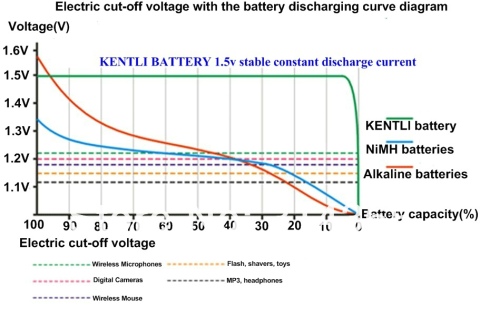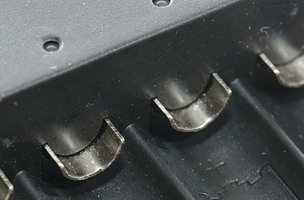wadesrc:
I've seen those batteries too, and while the idea is exciting I'm not going to go out and buy those particular ones. I don't exactly trust a manufacturer who prints "mWh" on their batteries when they mean "mAh". If they can't keep that straight, what other corners are they cutting? That said, if someone braver than me wanted to buy these and run some tests on them that would be wonderful.
A AA-sized LiPo rechargeable with a step-down circuit to 1.5V would be a really neat thing though, and those batteries seem to imply that it's on the horizon. If the idea is a feasible one then hopefully we'll see better manufacturers coming out with batteries like that in the near future. If they can keep the energy density higher than LSD NiMH while fitting in the step-down and protection circuit, and if they can manage to keep the current capacity reasonably high, they could be a real step forward. It's probably a matter of technology rather than physics – packing a step-down-and-protection circuit in there that is robust, efficient, small, and has high current-carrying capacity is no trivial thing but with the right electronics it sounds doable.
They'll probably always be a bit more expensive and lower energy-density than normal 3.6V LiPos because that step-down circuit is going to take up space and increase the price, but there's just so much gear out there designed for 1.5V AAs, and AAs are so easy to come by (you can always find a crappy Alkaline at the corner store in a pinch) that I would love it if something like this became common and high-quality. Another advantage I could see is that the step-down circuit would work as a built-in voltage regulator, so that you would have a nice 1.5V output right up until the end (followed of course by a very sharp cutoff, but that's why we carry spares for critical applications, right?).
1.5V rechargeable AA lithium batteries may well be the next step forward in the evolution of rechargeables. If you ask me we're probably not quite there yet (unless somebody knows of a source of high-quality ones that's already out there) but maybe we will be soon.



